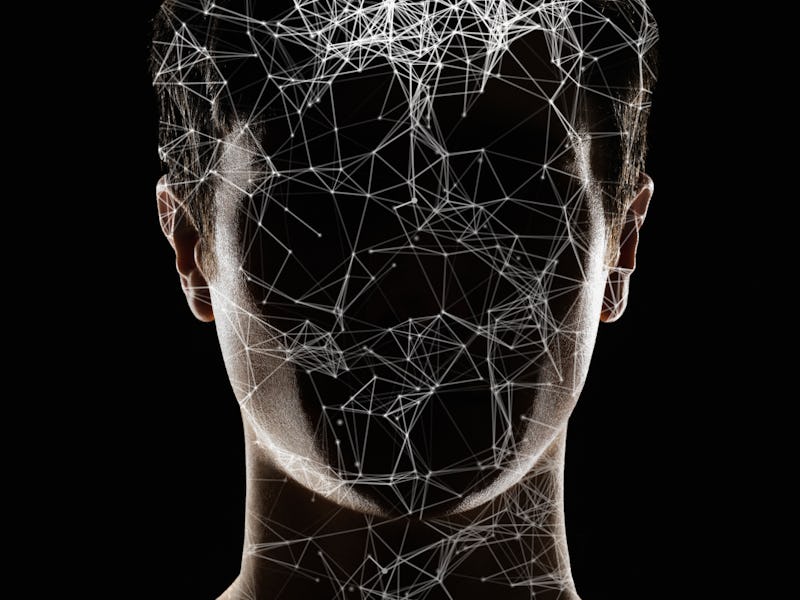Scientists claim they discovered the “gate of consciousness”
New research identifies what part of the brain is responsible for a critical switch.

The brain is constantly sorting through an endless barrage of sensory stimuli. In the same five minutes, you could be navigating your way through a crush of pedestrians, while calling the office, picking up your dog’s doo-doo, and keeping an eye on that the driver who’s sure to blow through a stop sign.
Because we can’t possibly absorb every single stimulus, our brain lets some of these signals filter through to our consciousness while others don’t.
But where specifically in the brain does that filtering take place? If somewhere in the brain exists the gateway to consciousness, which part of the brain functions as the gatekeeper?
Researchers at the University of Michigan Medical School set out to answer this question. Their study, published Tuesday in Cell Reports, suggests they’ve found the answer.
“The findings reveal a gateway in the cortex where sensory information has to pass through in order to reach its destination (conscious access),” co-author Zirui Huang, tells Inverse. Huang is a research investigator at the University of Michigan Medical School.
What you need to know first — Information processing is an act in two parts.
First, the body processes the sensory information from the environment (all that information the body is picking up on a busy street). That is done without awareness — it’s your body functioning behind the scenes before you become consciously aware of it.
The brain then sorts through all the information and decides what is important for you to become conscious of — like that car whizzing through a stop sign or the stranger standing closer than necessary behind you. Somewhere in the brain exists a so-called “gate to consciousness” that opens for the most important information.
What’s new — The researchers conducted two experiments, both using functional magnetic resonance imaging (fMRI) to identify what they call “the cortical gate for conscious access of sensory information.” The gate determines which sensory stimuli we become consciously aware of.
In the first experiment, the researchers asked participants to engage in three mental imagery tasks (playing tennis, navigating a location, and squeezing a hand) and execute one motor response task (squeezing a ball). When a person imagines doing a task, the area of their brain responsible for controlling movement is activated. When the person actually does the task, other regions of the brain become less active, because mental attention is focused on the activity.
Task-induced brain imagery taken during the study.
The researchers wanted to identify what areas of the brain were responsible for this switch between activation and deactivation.
During these exercises, the researchers administered varying levels of propofol, a general anesthetic. As anyone who has gone under the knife can attest, anesthesia shuts the brain's consciousness down, mercifully making the patient unaware of sensory information in the body during surgery. By modulating the participants' consciousness through propofol, the researchers could monitor what was happening in various areas of the brain as they went in and out of consciousness.
What they discovered— Researchers found that the brain’s anterior insular cortex (AIC) was correlated with that activation/deactivation switch. The AIC is “the gate” they were looking for.
While the AIC is believed to be responsible for emotional feelings, like fear and love, more recently, it’s been posited that the area is also responsible for “interoceptive” attention —attention that comes from sensory information. The fMRI findings of these researchers confirm that hypothesis.
To further test their findings, the researchers conducted a second experiment in which a face appeared on a screen for three-hundredths of a second — a barely perceptible amount of time — before switching to a high contrast image for a much longer period of time.
The researchers then asked the participants if they saw a face or not, ultimately finding that the participants who saw the face had more activity in their AIC than the participants who didn’t. In other words, participants consciously seeing a face was directly correlated with activity in the AIC.
Activity in the AIC when a participant was conscious of a face on the screen vs. when they were not.
The Inverse analysis — Despite having identified this likely gate, Huang says that more research is needed to fully understand the functional role of the AIC in human cognition and consciousness.
Filtering stimuli and figuring out what’s important enough to make us aware of is one of our brain's most vital functions. It keeps us from being so focused on insignificant stimuli that we don’t notice a bus barreling through a stop sign and headed right for us.
We’ve long known that this gate, or filtration process, exists. But finding the gate, and understanding how it works, could open the doors to a new understanding of human consciousness.
Summary: Conscious access to sensory information is likely gated at a site intermediate between primary sensory and transmodal association cortices but the structure responsible remains unknown. We report results from functional neuroimaging performed to determine the neural correlates of conscious access using a volitional mental imagery task, a report paradigm not confounded by motor behavior. Titrating propofol to loss of behavioral responsiveness in healthy volunteers creates dysfunction of the anterior insular cortex (AIC) in association with an impairment of dynamic transitions of default-mode and dorsal attention networks. Candidate subcortical regions mediating sensory gating or arousal (thalamus, basal forebrain) fail to show this association. The gating role of AIC is consistent with findings in awake participants, whose conscious access is predicted by pre-stimulus AIC activity near perceptual threshold. These data support the hypothesis that AIC, situated at an intermediate position of the cortical hierarchy, regulates brain network transitions that gate conscious access.
This article was originally published on